Large-Scale Rabbit Farming And Innovative Production Techniques
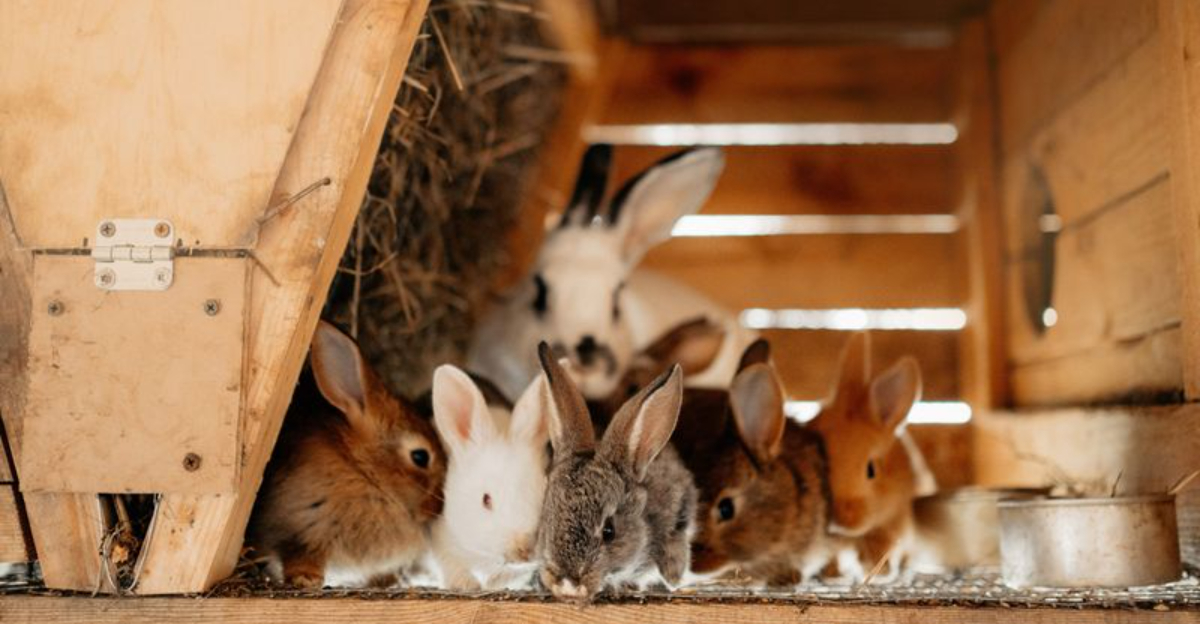
Rabbit farming has emerged as a profitable agricultural venture with low startup costs and high returns. These fuzzy creatures multiply quickly, require minimal space, and produce lean, nutritious meat that’s in growing demand worldwide.
Modern rabbit farmers are constantly finding new ways to improve production, increase efficiency, and ensure animal welfare – making this industry both sustainable and lucrative.
Colony Raising Systems
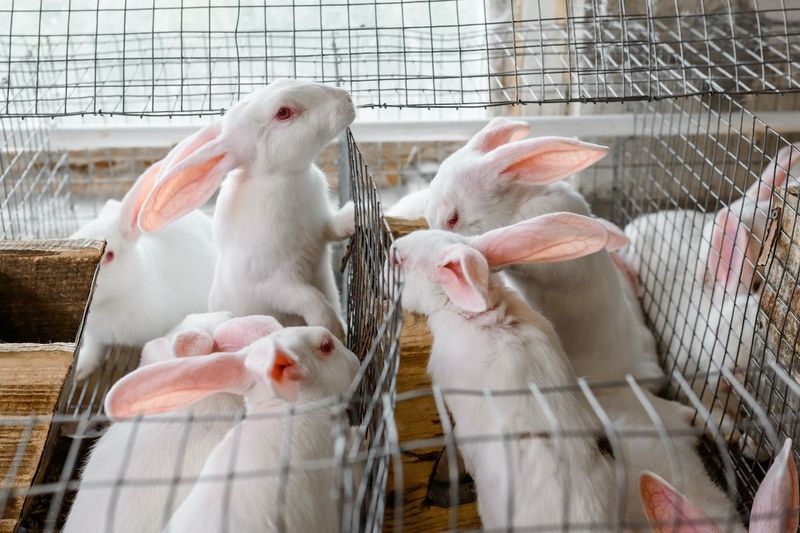
Gone are the days when rabbits were kept in cramped individual cages. Colony systems allow multiple rabbits to live together in larger enclosures, mimicking their natural social behavior.
Rabbits housed in colonies show less stress and better overall health. The setup includes hiding spots, elevated platforms, and designated areas for feeding and elimination.
This approach reduces labor costs since you’re maintaining one large space instead of dozens of individual cages. Just be careful about grouping the right rabbits together – proper colony management prevents fighting and unplanned breeding.
Vertical Cage Arrangements
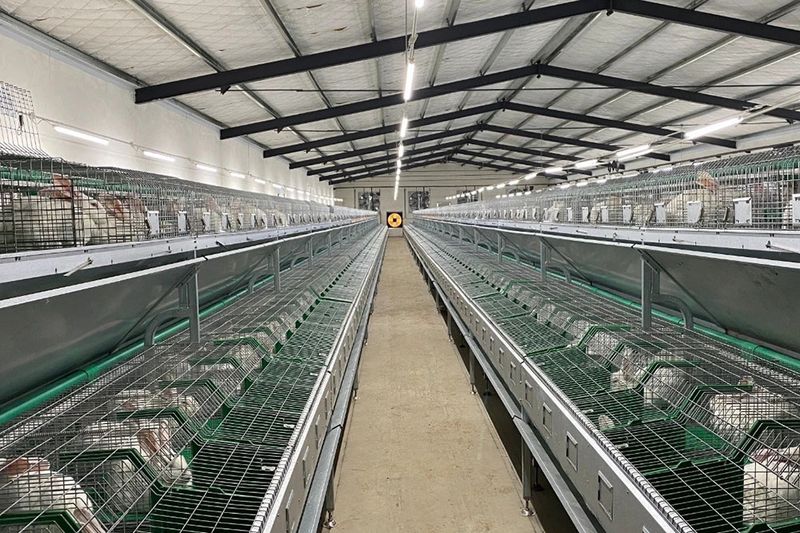
Maximizing your farm’s footprint becomes possible with stacked cage systems that grow upward instead of outward. These multi-level housing units can triple or quadruple your production capacity without expanding your building size.
Smart vertical designs include automated waste collection systems that funnel droppings downward into collection trays. Proper ventilation is crucial in these setups to prevent ammonia buildup and ensure fresh air reaches every level.
Modern vertical systems feature rolling or sliding mechanisms that make accessing rabbits on all levels easy for feeding, health checks, and breeding management.
Automated Feeding Systems
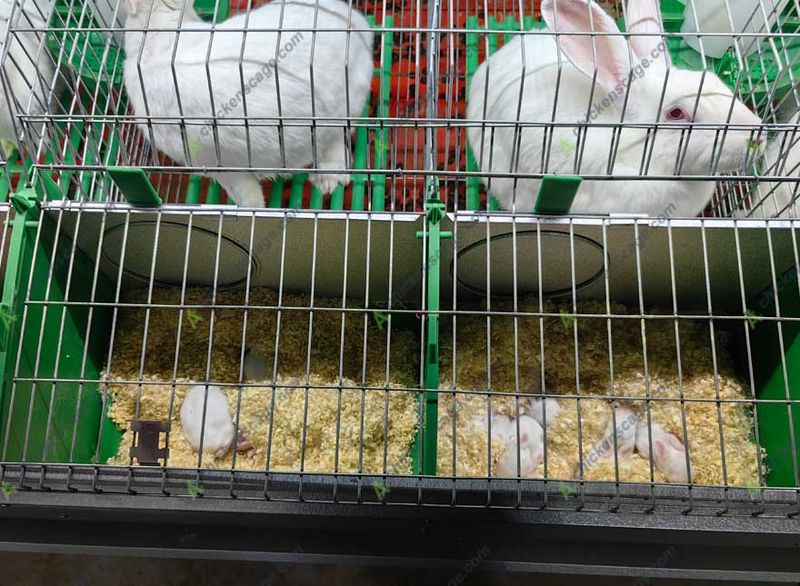
Feeding hundreds of rabbits by hand is incredibly time-consuming. Automated feeding systems use conveyor belts, tubes, or augers to distribute precise amounts of feed to each cage or colony section.
These systems can be programmed to deliver food at specific times, ensuring rabbits receive consistent nutrition. Some advanced setups even adjust feed amounts based on the rabbit’s age, weight, or breeding status.
Water delivery gets automated too, with nipple drinkers connected to main water lines that maintain constant fresh water access. This technology drastically reduces labor costs while improving feed efficiency and preventing waste.
Climate-Controlled Housing
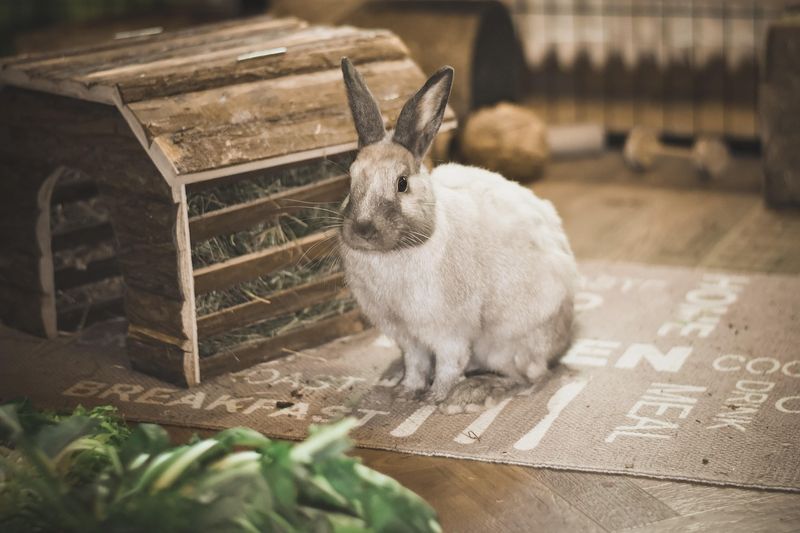
Rabbits thrive in specific temperature ranges – too hot and they can die from heat stress, too cold and their feed conversion efficiency plummets. Modern rabbit barns use sophisticated climate control systems to maintain optimal conditions year-round.
Cooling systems might include evaporative coolers, misting systems, or even air conditioning in extreme climates. During winter, radiant floor heating or infrared lamps provide gentle warmth without drying out the air.
Automated controllers monitor temperature, humidity, and air quality, making adjustments as needed. Some systems even send alerts to farmers’ phones when conditions fall outside acceptable ranges!
Artificial Insemination Programs
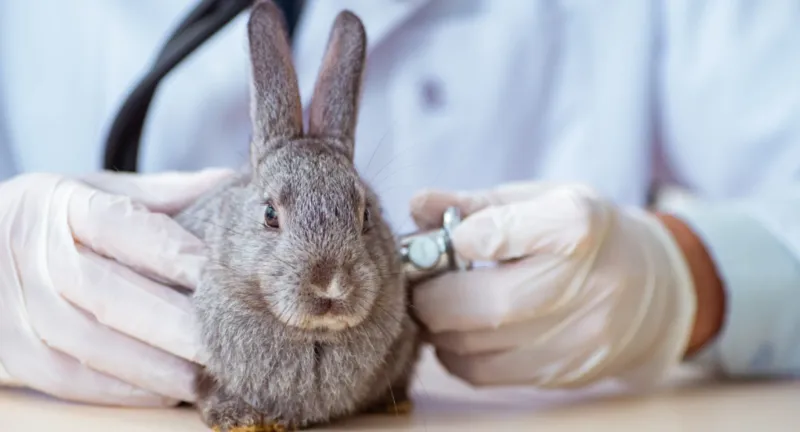
Forward-thinking rabbit farmers are embracing artificial insemination (AI) to improve genetics and breeding efficiency. This technique allows one superior buck to father many more offspring than would be possible through natural breeding.
The process involves collecting semen from select males and inserting it into receptive does using specialized equipment. Farmers can maintain fewer bucks while still serving hundreds of does, saving space and feed costs.
AI also reduces disease transmission between rabbits and allows for precise breeding timing. Some large operations maintain their own semen collection facilities, while smaller farms might purchase semen from specialty genetics companies.
Waste Management And Composting
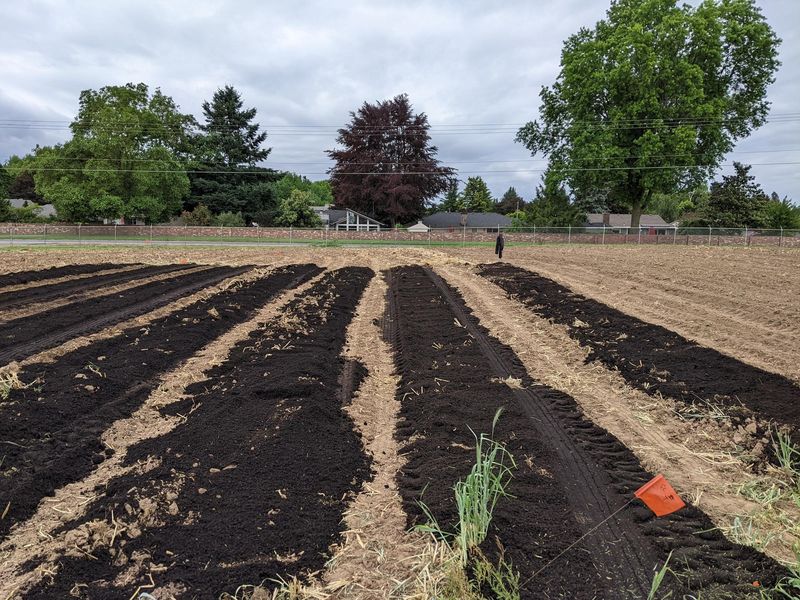
Rabbit manure is often called “garden gold” because it’s one of the few animal manures that can be applied directly to plants without burning them. Smart rabbit farmers transform this byproduct into a valuable secondary income stream.
Automated systems scrape or flush waste into collection areas, where it can be processed into compost or packaged directly for sale. Some operations integrate vermiculture (worm farming) to further process the manure into premium worm castings.
Biogas digesters represent another innovative approach, converting rabbit waste into methane for heating or electricity generation. This closed-loop system turns a potential environmental problem into a sustainable resource.
Specialized Breeding Programs
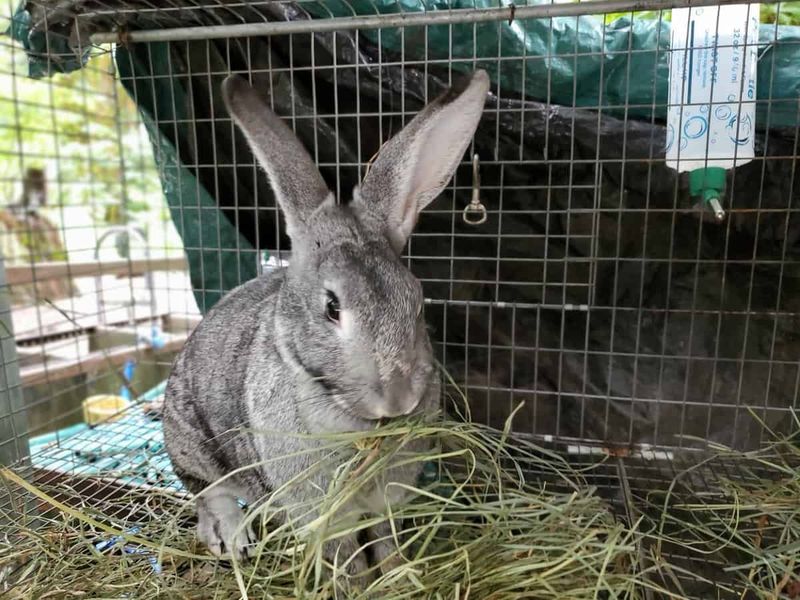
The most successful rabbit operations maintain meticulous breeding records to develop specialized lines with desirable traits. Some farms focus on meat production characteristics like rapid growth, feed conversion efficiency, and carcass yield.
Others develop breeding stock with exceptional maternal qualities – does that consistently produce large litters and successfully raise their young. Computer software helps track genealogy, performance metrics, and genetic traits across thousands of rabbits.
Advanced programs may incorporate DNA testing to identify carriers of genetic diseases or desirable traits. This scientific approach accelerates genetic improvement much faster than traditional selection methods, resulting in rabbits perfectly suited to commercial production.
Hydroponic Feed Production
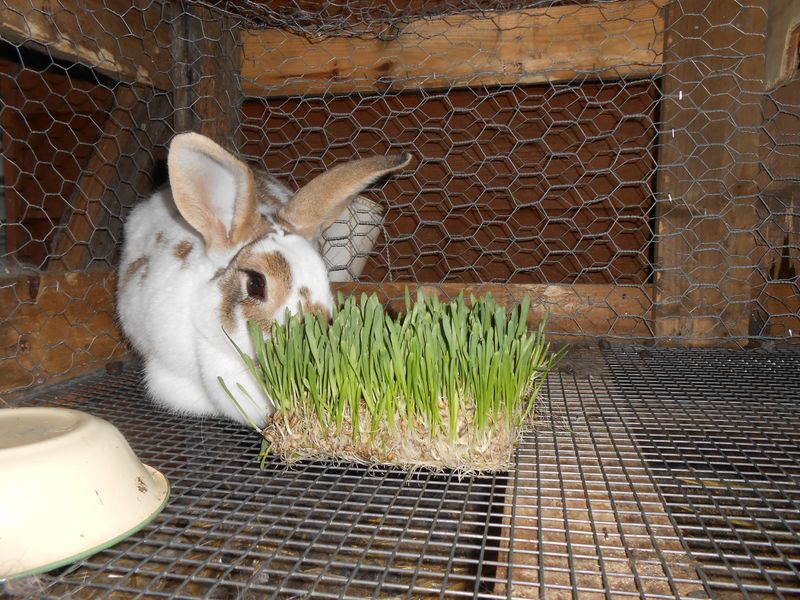
Fresh greens provide excellent nutrition for rabbits, but growing enough for a large operation requires significant land. Hydroponic systems allow farmers to produce massive amounts of fresh fodder in small spaces without soil.
These systems grow barley, wheat, or other sprouts in stacked trays using nutrient-rich water. Within 7-10 days, seeds transform into lush mats of nutritious greens that rabbits eagerly devour.
One square meter of hydroponic space can produce feed equivalent to 80 square meters of field-grown crops! The resulting feed is highly digestible and nutritious, improving rabbit health while reducing purchased feed costs – a win-win for both farmer and rabbits.
Advanced Health Monitoring

Catching health problems early is crucial in large rabbitries where disease can spread rapidly. Innovative farmers are installing camera systems with artificial intelligence that can detect unusual behavior patterns indicating illness.
Automated water consumption monitoring provides another early warning system – decreased drinking often precedes visible symptoms. Some operations use infrared cameras to detect fever or inflammation before it’s visible to the human eye.
Regular weight monitoring through automated scales helps track growth rates and identify health issues. This data-driven approach allows for targeted treatment of affected animals before problems spread, reducing medication use and improving overall herd health.
On-Site Processing Facilities

Vertical integration through on-site processing facilities gives rabbit farmers control over their entire production chain. These small-scale abattoirs and packaging facilities allow farmers to sell directly to consumers or restaurants instead of wholesalers.
Modern processing areas feature stainless steel equipment, proper refrigeration, and vacuum packaging systems that extend shelf life. Some innovative farms have created mobile processing units that can be shared among multiple producers in an area.
By processing on-site, farmers capture more profit from each rabbit while ensuring humane handling through the entire life cycle. Many facilities also process rabbit pelts, creating additional revenue streams from what would otherwise be waste.
Sustainable Energy Integration

Forward-thinking rabbit farmers are incorporating renewable energy to reduce operating costs and environmental impact. Solar panels on barn roofs generate electricity for lighting, ventilation, and automated systems.
Some operations use ground-source heat pumps to maintain ideal temperatures year-round with minimal energy input. These systems circulate fluid through underground pipes, taking advantage of the earth’s stable temperature to heat buildings in winter and cool them in summer.
Wind turbines might supplement energy production in suitable locations. The combination of multiple renewable sources creates resilient systems that continue functioning even during grid outages – critical for maintaining animal welfare in facilities that depend on electrical systems.






